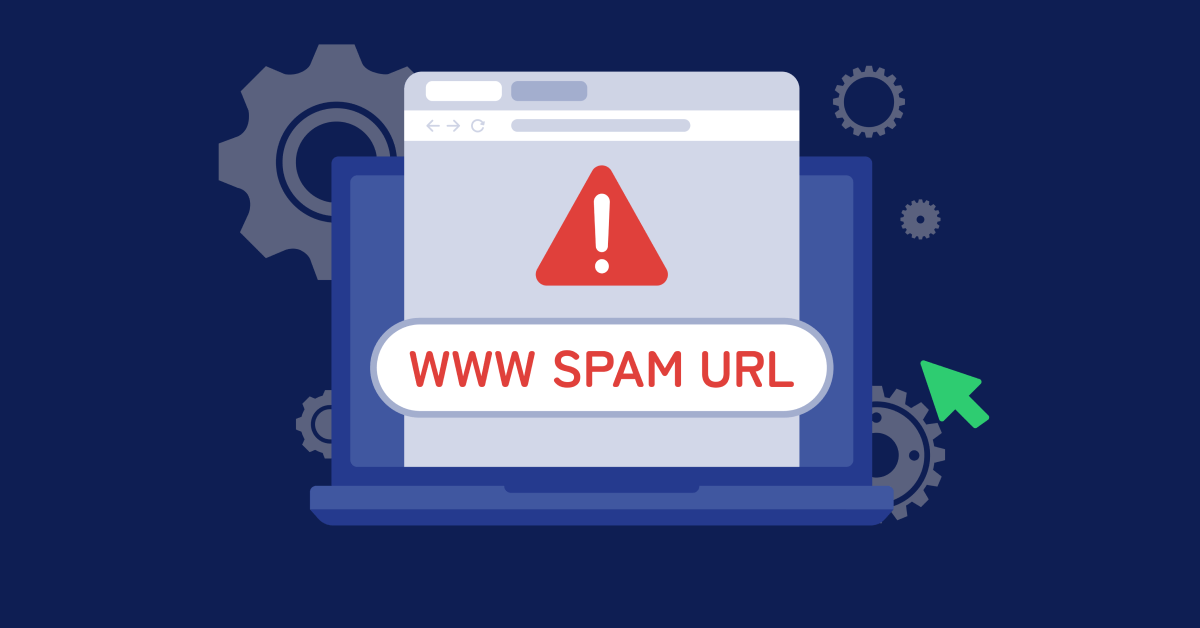Portfolios are always better than one single source, no matter what application. Same goes for SEO and the importance of getting links to your site. There are the heavy hitting .gov and .edu authoritative domains that we all treasure and try to find ways to get links from, and then there are your paid links that Google frowns upon and finally small blogs or niche forums for lower-scale link building efforts. Putting too much effort into one area can make your link profile look spammy to Google, so it’s always best to diversify your efforts. Having a Forbes.com link mixed in with 10 Page Rank 2 blogs, looks at lot better to search engines and can give you better gains than 20 PR 2 blog sites. Page Rank is a link analysis algorithm that Google uses to judge the value of a domain, and assigns a numerical weight to a site – with 10 being the highest. I’ll share a few types of links and the best way to get them – so let’s get down and dirty.
Article Marketing – Producing content that fits anywhere
An article can be posted anywhere and for that it is universally one of my favorites. Along with potential links, you’ll have a solid amount of indexable content for search engines. A niche blog site that accepts contributed articles and is relevant to your industry is a great place to send a piece of content. Make sure to find places that accept guest posts and revise your piece to adhere to the submission guidelines. Generally it’s 2 links to pages of your choosing, 500 words, 2-4 outbound links to authoritative domains, and nothing too sales-y about a product or service. Another option would be article submission sites which generally have a cost, but the content will get posted on the site and can sometimes be syndicated to other domains. Google is gradually tapering the weight of these article submission sites more and more with each Panda update, but again – we’re trying to diversify the link profile.
Link Baiting – Make something that’s sexy and sharable
The term “link baiting” comes from posting a piece of content on the Internet, usually an infographic or video, and having others naturally “catch” it and post or talk about it on their own sites. This should result in links back to your site, giving you instant traffic and an improvement in your link profile. This is a great method for getting bigger publications to propagate your content, generally because infographics can go viral for periods of time and particularly if an industry writer or blogger comes across it and includes it in a future article. One tip when putting out an infographic is to include a couple of links in an embed code so when someone incorporates the image or content for their site, you have a couple of links with keyword-specific anchor text you’d like to boost traffic for.
Big Link Hunting
An SEO’s prized dream is getting a link through a situation like this: A well placed link not far from the homepage, with customized anchor text from an aged site with tons of authority. While “You can’t always get what you want.” I think Mick was really trying to say that if you can’t get a homepage link, you can find something if you dig deep enough. One way of hunting .gov/.edu links is with a search query like this: “site:*.gov comment”, you’ll be able to find places that have the word “comment” on a government page which is step one in finding a well-placed link. Educational sites are often monitored by students or faculty, and government sites are usually regulated by a webmaster. Have a game plan when asking for a link, and give reasons why they should trust you in linking to your site. As a tip, use site crawlers on the page you’re trying to get a link from to find broken links, and email the site telling them about broken links they need to fix – adding a request for a link. It’s worked for me.
Friends
Established companies generally have a partner and sister site that could add a specific targeted anchor text into the copy, blog roll, affiliate or resource pages. Already having a connection with a company will make getting the link placed that much easier and is a quick way to gain some movement on keywords. Generally websites have a place allocated for such “friendly links” and shouldn’t be too much of a burden. One thing to note is it’s better to get a one way link from a domain other than getting a “link exchange”, or trading of links. Google favors domains that are referenced by others more than a site that just trades links with other domains all over the internet.
So a look into the world of a link builder isn’t just spamming websites with links back to you all day long. It’s a process of careful and clever tactics for acquiring new linking domains. Like in video games, it’s problem solving and can be thrilling to get a link from a site, be it a comment, forum post, article, or mention. Bouncing back and forth between methods can also cut down on the sometimes mundane task of that which is link building and can diversify your portfolio even further.







